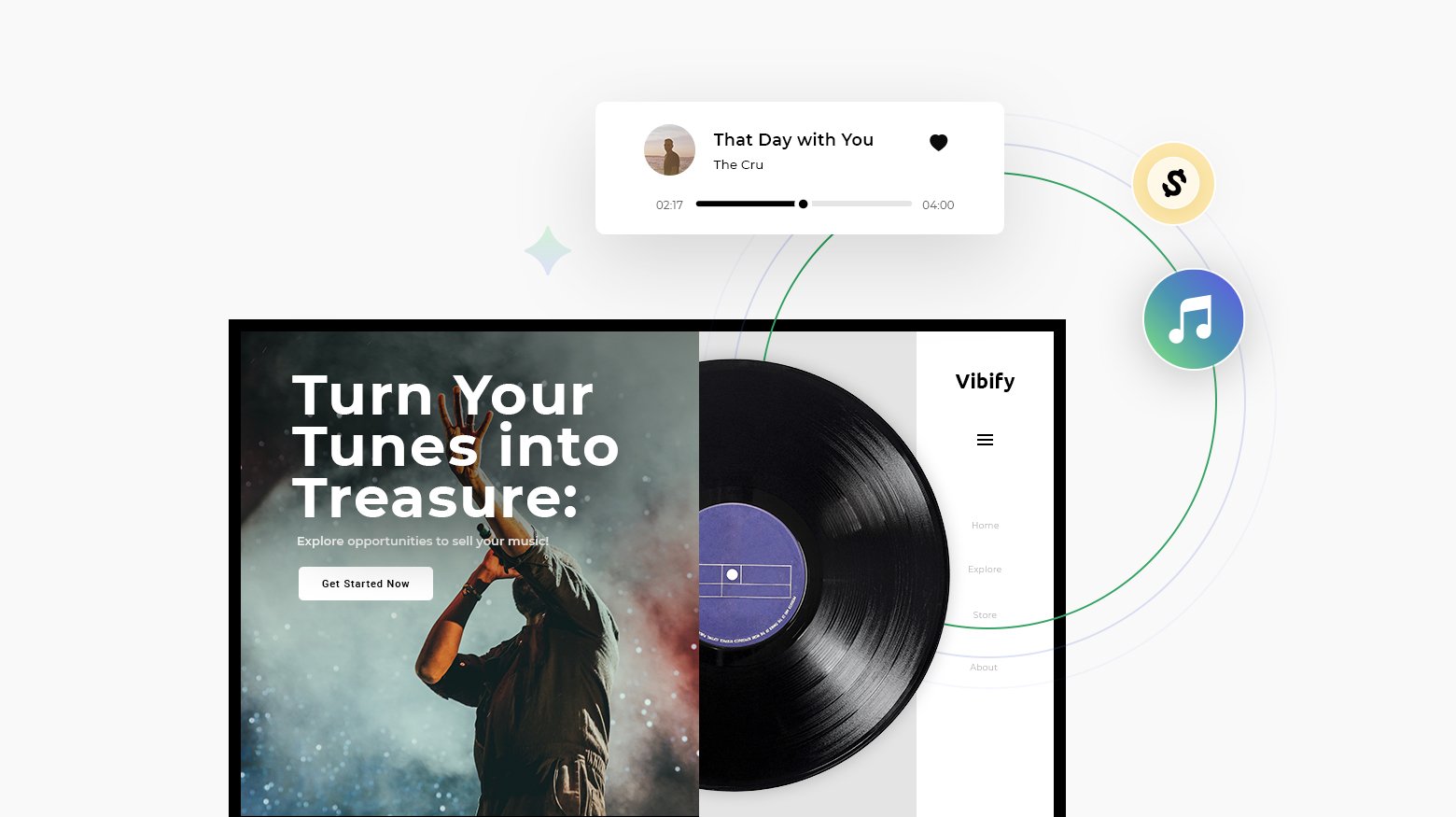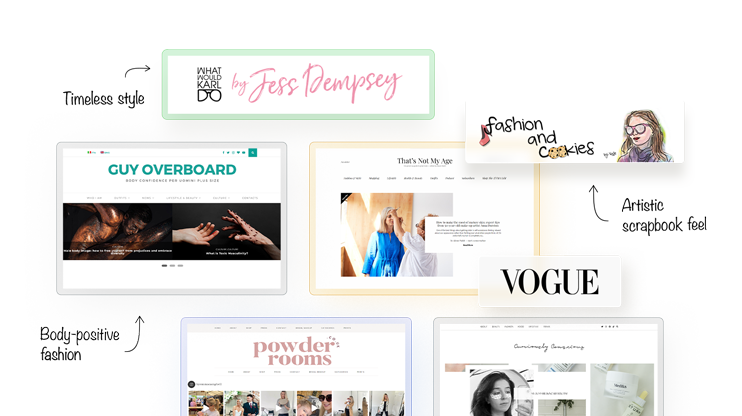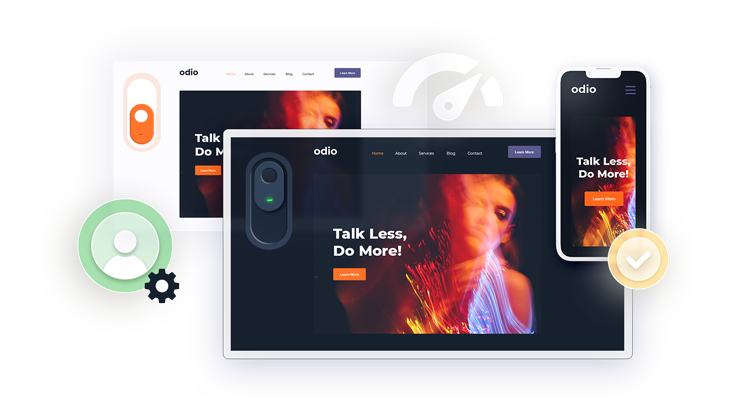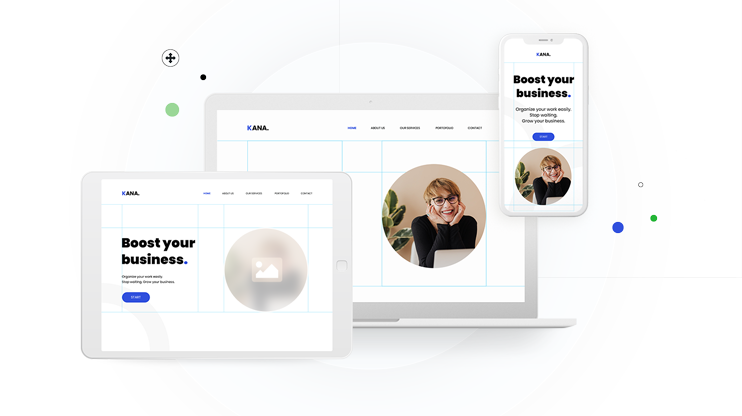Thinking about starting an online coaching business? It’s exactly the right time. The online coaching industry is booming, with billions in revenue and growing fast each year. That means there’s a big demand for what you do and a great chance for you to step in and build something.
The hard part usually isn’t coaching. It’s setting up a business, figuring out pricing, choosing the right tools, and knowing how to get clients. And when you try to Google your way through it, the mix of advice can be confusing and just plain overwhelming. That’s why I put together this step-by-step guide, made for busy people who want to get straight to the good stuff.
From business plan to marketing and sales, we’ve gathered everything necessary in one place. Let’s turn your coaching skills into a real business.
Is online coaching still profitable in 2025?
Short answer: yes. Recent reports put the global online-coaching market at about $3 billion in 2024, and the same analysts see it climbing to roughly $11-12 billion before 2032 – that’s double-digit growth every single year.
For you, that means two things:
- Demand is real – millions of people are happy to pay for expert guidance online.
- There’s still room to enter – the pie keeps expanding, so grabbing a slice now is smart, not late.
Want to start an online coaching business but don’t have an exact idea? Let’s look at the top 8 coaching niches in 2025 and understand why people are still gladly paying for them online.
- Life coaching – Folks are still looking for better balance and more purpose, especially after the pandemic shake-up.
- Business coaching – Small companies want practical growth tips without hiring a pricey consultant.
- Fitness coaching – Remote workers need at-home workout plans (and someone to keep them accountable).
- Nutrition coaching – Personalized meal plans beat generic diets every time, especially with food costs rising.
- Career coaching – Job-hoppers need help navigating pivots, interviews, and salary talks.
- Executive/leadership coaching – Hybrid teams push companies to upskill managers and senior staff.
- Mindset & confidence coaching – Social-media overload has more people looking for resilience training.
- Relationship coaching – Singles and couples want guidance.
How to start an online coaching business in 8 steps
Stick with me for the steps to turn your idea into a real coaching business. We’ll give you the keys to finding your coaching niche, pricing, and selling it online. Think of these steps as a checklist you can work through.
Step 1: Choose your coaching niche & ideal client
First, decide exactly whom you want to help and which of their problems you’ll solve. Identify the skills you can teach and the topics you love talking about.
For instance, if you have a sports-science background and friends keep asking for workout tips after pregnancy, “post-partum fitness” could become your coaching niche and here the ideal clients are obvious.
Visit communities where your clients hang out – Reddit, Facebook groups, Quora. Listen to the exact words they use (“I quit the gym after week two”). Turn a line like that into a promise – “Stay-on-track fitness program for new moms.” Echo their language and your offer instantly feels relevant.
Check that people will actually pay: Search Google – if you see ads, books, or other programs, demand exists. Next, pre-sell a few spots at a discounted founder’s rate to your network. Even a small deposit separates serious buyers from window-shoppers.
Visualize your buyer persona
Knowing exactly who you’re talking to keeps every offer, post, and email focused. Here’s a quick, three-step way to pin down that person:
Fill in a one-sentence bio:
Template: “<Age range> <job or life stage> who wants <main goal> but struggles with <biggest obstacle>.”For example: “Women in their 30s, six months post-partum, who want to lose baby weight but have no time for the gym.”
List three daily frustrations.
Write the complaints you keep hearing (or reading online). These become the pain points your coaching solves.
Note three desired wins.
What results would make this person say, “Worth every penny”? Use their words; e.g., “fit back into my favorite jeans,” not “achieve optimal body composition.”
Pin that snapshot where you write. When every word targets that one person, the right clients lean in.
Step 2: Define your coaching business model
Your business model answers two questions: how many people can you help, and how much can you earn per work hour? Most coaches use one of three setups and add the others later. You can also follow this strategy. Here are the three coaching models to choose from.
1-to-1 coaching
Private Zoom sessions give clients your full attention and let you charge premium rates. At $150 a session, four clients a week bring in about $2,400 a month. You can always raise the price or add sessions as demand grows.
Group coaching
Run a small group (5-15 people) that meets weekly and shares a chat space. Price the whole program, not the hour: ten participants at $300 for an eight-week series equals roughly $3,000 per round, all while you work the same hours as one client. The downside with group coaching is that you’re helping several clients at once, so you need extra effort to give each person enough attention.
Self-paced course
A self-paced course lets you earn without booking live sessions. You record 5–10 short videos that walk students through your coaching framework, bundle each lesson with a quick worksheet or checklist, and host everything on a platform like Thinkific or inside a gated page on your coaching site. A $199 course that hits 100 students on launch nets nearly $20k, and evergreen sales trickle in afterward.
Step 3: Handle the legal part
Sorting the paperwork early protects you and reassures clients that you’re running a real business, not a hobby.
Most solo coaches begin as sole proprietors because it’s fast and free. If you’d rather separate personal assets from business risk, file a one-member LLC; it usually costs $50-$300 with your state and takes an hour online.
Lock in your basic protections once you’ve chosen a business structure—this paperwork keeps you safe and shows clients you’re legit:
- Client agreement: One clear page covering scope, session schedule, refund policy, and a disclaimer that coaching isn’t therapy or medical advice. Add it to your booking system and require e-signature before the first call. This formality affects how clients treat you and your services.
- Professional liability insurance (errors & omissions): About $30/month. Protects you if someone claims your advice caused a loss; many corporate clients insist on it.
- General liability insurance: Worth having if you ever coach in person or host retreats; it covers slip-and-fall injuries and similar accidents.
Coaching isn’t tightly regulated, but a credential – say, from the International Coaching Federation (ICF) – signals professionalism and lets you charge more. If you choose to get certified, ensure the program meets ICF’s 60-hour ACC minimum, includes mentor feedback, and fits your schedule and budget (many reputable courses run 3–6 months online).
Step 4: Price and package your offer
Start with value, not hours: what result is your client really buying? If a career-change package helps someone land a $15k raise, charging a four-figure fee is reasonable. Work backward from that win.
Here are two packages you can consider:
- Starter session: A single strategy call plus a follow-up email. It gives curious prospects a low-risk taste of your style. Coaches in most niches charge around $149-$299 for this “starter sample.”
- Full program: Eight weekly sessions, support templates, and chat access. This is your core income driver and typically sits in the $1,200-$2,500 range, depending on niche and demand.
Three easy ways to set your price:
- Start with the result: Ask: “How much money or life improvement will my client get?” Charge about 5-10% of that benefit.
- See what others charge: Search online for “<your niche> coaching price.” Aim for the middle of the range – or a bit higher if you add extras like always-on chat.
- Test and optimize: Sell your full program to three trial clients at 20% off, gather feedback and testimonials, then switch to the regular price.
Packaging tips: Give each offer a results-focused name. For instance, “Land Your First UX Job” will work better than “Six Calls.” Keep just these two choices until business picks up, and show them in a clean pricing box with one clear “Sign up” button under each.
Step 5: Build your online presence
Starting an online coaching business implies marketing and selling online. That’s why you need a decent online presence. Having a professional website is a strong sales method. You build it with all the necessary information about your coaching business and let it sell your coaching packages. If you think building a website requires millions of dollars or coding knowledge, then we’ve got the best website builder to handle all the boring work for you. 10Web AI Website Builder generates sites based on the prompts about your business.
Let’s create an online coaching website for you.
- Go to 10Web.io > describe your coaching business > click Generate Your Website.
- Review and edit (if needed) the website name, description, and structure.
- Click Next > choose the website colors, fonts, and styles.
- Click Generate to apply.
After these steps, you’ll get a fully-functional WordPress website ready to be customized and published. Once you’ve got the draft website, you can refine anything with an easy drag-and-drop Elementor editor or chat-based AI Co-Pilot.
Some essential elements your website should include are:
- Booking & calendar: Embed a tool like Calendly or 10Web’s native form widgets so clients can pick a slot without email back-and-forth. (Find the form widget by searching “form” in the editor’s widget section)
- Payments: Connect Stripe or PayPal inside WordPress to be ready for sales once you’ve launched.
- Testimonials/success stories: Short quotes or stats that prove your coaching works and build instant trust.
Step 6: Make marketing bring in sales
Once your website is live, convert visitors friction-free. They should smoothly go from “just browsing” to “paid client.” A basic funnel – lead magnet → email list → low-pressure offer – does the job.
Start with a lead magnet that solves one small but real problem. Here are examples and an action plan you can steal:
- A 3-day meal plan template for nutrition clients
- A salary-negotiation script for career coaching
- A five-minute posture fix video for fitness niches
Build a single landing page (use the same 10Web editor you used for the site) and keep the layout to four parts:
- Headline that promises the quick win (“Get My 3-Day Meal Plan for Busy Moms”).
- One-sentence benefit explaining why it matters.
- Opt-in form – name and email only.
- Social proof – a short testimonial or a quick stat (“used by 120+ clients”).
Connect the form to your email service (Mailchimp, Brevo, or 10Web’s native integration) and set up a three-email welcome sequence:
- Email 1 (instantly) – delivers the promised free resources.
- Email 2 (24h later) – shares a client success story that shows the free resources in action.
- Email 3 (48h later) – invites them to book your Starter Session with a scheduler link.
That’s it: one useful resource, one clear page, and three short emails. The funnel runs itself, warms up leads, and fills your booking calendar even when you’re busy coaching.

Build your website in 1 minute
Found inspiration? Your website is just a few clicks away. Start
with 10Web AI Website Builder to effortlessly bring your vision to life.
Step 7: Get your first paying clients
The first clients for your coaching business are usually close by, like friends, colleagues, or people already following you online. Treat this like a short sprint: prove your offer works, collect wins, and use those wins as social proof. Here is a structured approach for you.
Tap your warm network
Post a simple note on LinkedIn or in a niche Facebook group: “I’m opening five spots for a 4-week [result] coaching program. Beta price: $___ (40% off) in exchange for feedback and a short testimonial. DM me if you’re interested.”
Send a quick outreach DM
Copy-paste this to people who engage with your post or who fit your ideal-client profile: “Hey [name], thought of you because you mentioned [pain point]. I’m running a small beta of my new program that helps [result] in four weeks. It’s $___ and I ask for feedback at the end. Interested in grabbing one of the five seats?”
This is just an example; you can change the content by keeping it short, personal, and specific to their pain.
Capture social proof early
After each session, ask one question: “What’s been most helpful so far?” Turn the reply into a quick testimonial: “Before working with [Your Name] I [problem]. In just two sessions I [result].” — [Client Name]
Add these quotes to your website, landing pages, and emails.
Hit some paid spots, then raise the price. You now have proof your coaching solves real problems and copy-ready testimonials to attract the next wave of clients.
Step 8: Scale systematically
You’ve proven your coaching works – now let’s make life easier and profitable. First, write down quick checklists for tasks you repeat (onboarding, session preparations, follow-ups); hand them to a VA or simple automation later. Next, organize 1:1 calls for a small group: same hour, more earnings.
Record those lessons once and turn them into a self-paced course that sells itself. Create automatic calendar reminders, payment plans, and a short email nurture so new clients come in without much effort. Keep an eye on three numbers – monthly revenue, conversion rate, and average client value, and adapt your system as you go. You’ll end up with less work, more impact, and a business that grows even when you are offline.
Common mistakes & how to fix them
| Mistake most new coaches make | Quick fix that works |
| Pick a niche on gut feel only | Run a 10-minute test: search Google for competing offers, poll your network, and pre-sell two spots before building anything. |
| Charge by the hour and stay broke | Package results (4-week sprint, 8-week program) and price for the outcome, then raise rates after five paid wins. |
| Skip the boring legal bits | Register an LLC or sole prop, upload a one-page client agreement, and grab basic liability insurance before your first session. |
| Rely on DMs instead of a funnel | Add a simple lead magnet + three-email sequence so strangers can move from “interested” to “booked” without your daily input. |
| Try to scale too soon | Nail results with five clients first, turn your process into SOPs, then move on to groups or a course. |
Avoid these five traps that your brain wants you to fall into, and your coaching business will grow faster and with fewer headaches.
Launch your coaching business today
Take a breath – you now have a clear, eight-step game plan to turn your know-how into a thriving coaching business. Choose your niche, outline one offer, and generate a website with 10Web so people can actually book you. From there, let the simple funnel, the first five paying clients, and the built-in systems do their thing. Let’s go show the world you’re the right coach for the job.

Build your website in 1 minute
Found inspiration? Your website is just a few clicks away. Start
with 10Web AI Website Builder to effortlessly bring your vision to life.













